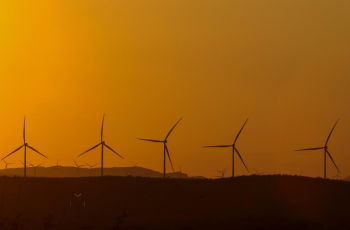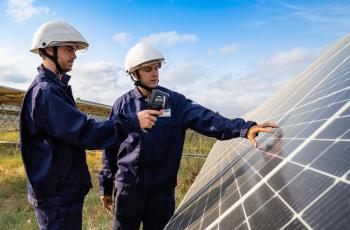TotalEnergies shares a possible vision of what its activities could look like as part of its carbon neutrality approach, together with society.
By 2050, TotalEnergies would produce:
- about 50% of our energy in the form of low-carbon electricity, including the corresponding storage capacity, totaling around 500 TWh/year, on the premise that TotalEnergies would develop about 400 GW of gross renewable capacity;
- about 25% of our energy, equivalent to 50 Mt/year of low-carbon energy molecules in the form of biogas, hydrogen, or synthetic liquid fuels from the circular reaction: H2 + CO2 e-fuels;
- about 1 Mboe/day of Oil & Gas (about a quarter of the production in 2030, consistent with the decline envisaged by the IEA’s Net Zero scenario), primarily liquefied natural gas (roughly 0.7 Mboe/day, or 25-30 Mt/year) with very low-cost oil accounting for the rest. Most of that oil would be used in the petrochemicals industry to produce about 10 Mt/year of polymers, of which two thirds would come from the circular economy. Most of that oil would be used in the petrochemicals industry to produce about 10 Mt/year of polymers, of which two thirds would come from the circular economy. That oil and gas would represent:
- about 10 Mt CO2 e/year of Scope 1 residual emissions, with methane emissions aiming towards zero (below 0.1 Mt CO2 e/year); those emissions would be offset in full by projects using nature-based solutions (natural carbon sinks);
- Scope 3(1) emissions totaling about 100 Mt CO2 e/year. As part of its approach towards carbon neutrality, together with society, TotalEnergies would contribute to "eliminate" the equivalent of 100 Mt/year of CO2 generated by our customers by developing carbon utilization (CCU) and carbon capture and storage (CCS) solutions of approximately 100 Mt CO2 e/year.
By 2050, our trading portfolio would be aligned with our productions and sales portfolio.
(1) GHG Protocol – Category 11. See report’s glossary for further details (PDF).







